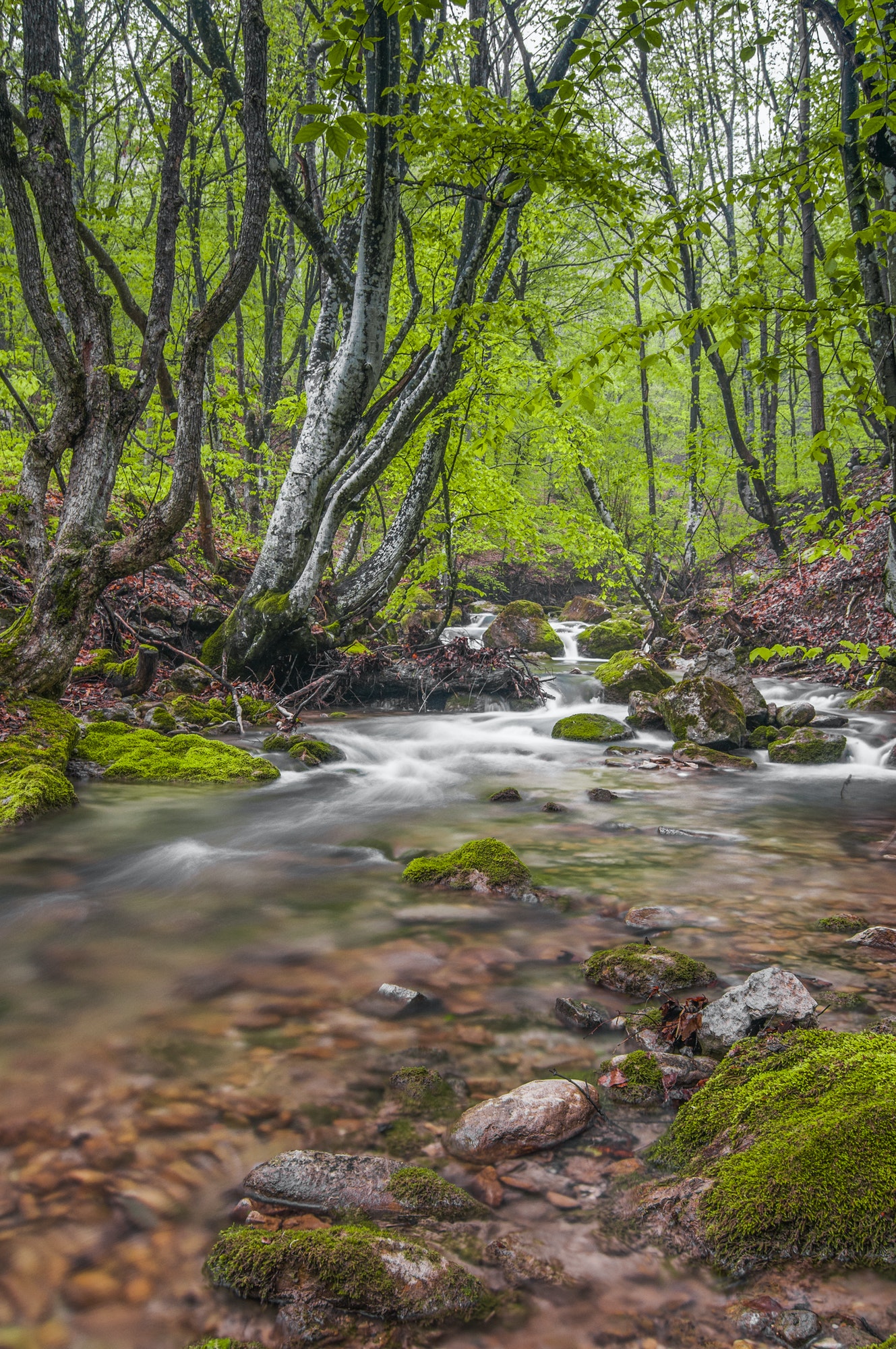Nestlé’s partnership with First Milk on ITV News
Nestlé's partnership with farmer-owned dairy co-operative First Milk, aimed at championing regenerative farming practices
This FAQ includes useful advice and answers to some of the most common environmental questions we get asked.
Recyclable:
A plastic packaging is considered recyclable (such as PET) if it is designed for recyclability and its collection, sorting and recycling is proven to work successfully in practice and at scale.
Recycling:
This is the process where the material is transformed into new plastic products.
Recycled:
During the recycling process, the material is converted into new plastics products which can be used instead of virgin plastics. This newly-created material is called recycled plastic or ‘rPET’ in the case of recycled PET.
The vision for a circular economy is that plastics never become waste; rather, they re-enter the economy as valuable component. Reusing, creating a viable economy for the recycled plastic reducing the leakage of plastics into natural systems and separating from fossil feedstock are the three success factors to ensure Plastic Circular Economy.
PET can be created either from fossil fuel or from renewable raw materials. In both cases, PET remains a material that is 100% recyclable by design and can be widely recycled in multiple applications, including bottle-to-bottle. Since it has a high economic value, it has the potential to achieve a circular economy model if properly collected.
The term ‘single-use plastic’ has been used a lot lately and is confusing. The EU have moved to ban single-use, unrecyclable items such as stirrers, straws and cotton buds. These items are ‘single-use’ as they can only be used once and then have to be incinerated for energy or go to landfill.
PET plastic water bottles are 100% recyclable, and can some back as another bottle or some other form of food-grade plastic. PET is a valuable material and keeping it as clean and pure as possible it the best way to get the most uses out of it. Once this is no longer possible it can be used to make anything from a park bench to a fleece to the interior of a new car. This means it is far from ‘single-use’.
We would not recommend you refill a PET natural source water bottle to many times as they built to be lightweight and are not robust enough to stand up to vigorous or high temperature cleaning so can’t be kept hygienic. Equally, if you refill from the tap you will not be getting the great tasting, not chemically treated water you bought.
DEFRA’s Sustainability Road Map for Soft Drinks has shown that natural source watersare the lowest impact packaged drink in the soft drinks sector, whether judged by their carbon footprint or their water footprint since there are no agricultural water inputs and limited water processing inputs.
On average, it takes an estimated 1.53 litres of water to produce a 1 litre of natural source water. This includes the water used in the manufacturing stages and the water in the bottle. (DEFRA Sustainability Road Map for Soft Drinks).
On average, it takes an estimated 1.53 litres of water to produce a 1 litre of bottled water. This includes the water used in the manufacturing stages and the water in the bottle (DEFRA Sustainability Road Map for Soft Drinks).



Nestlé's partnership with farmer-owned dairy co-operative First Milk, aimed at championing regenerative farming practices
NSWA statement: “We are disappointed by the Welsh Government’s decision to withdraw from the
Residents in Blackpool and Haringey are set to benefit from new on-the-go recycling
The famous Blackpool promenade and the streets of Tottenham will soon be adorned with